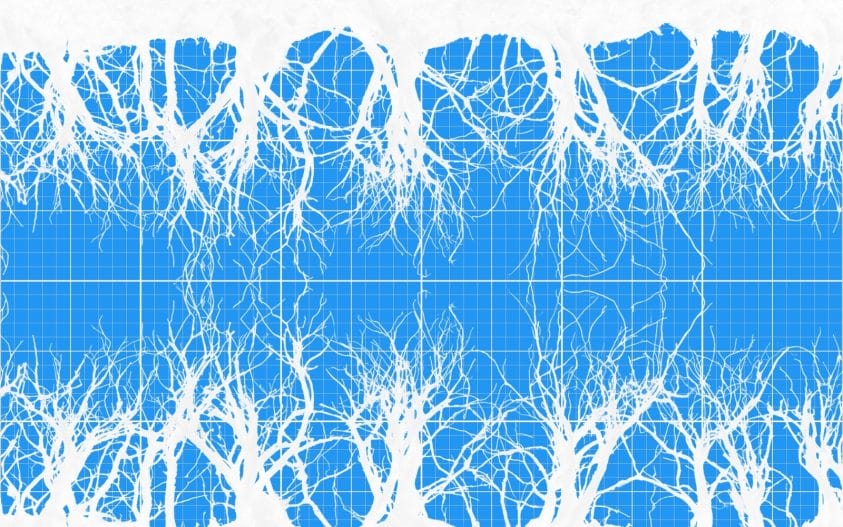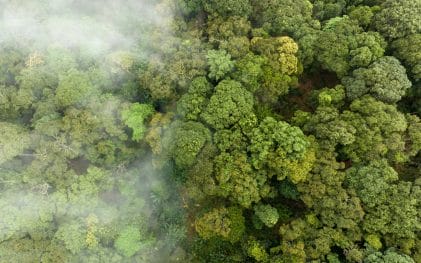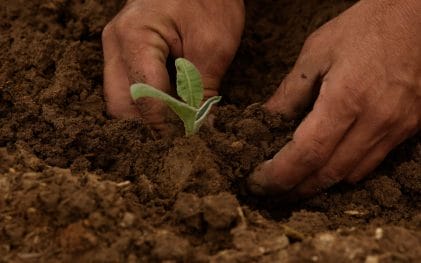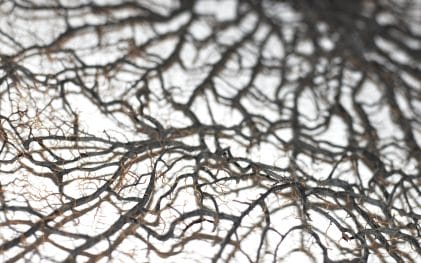Latest image-analysis
What Is Root System Architecture and Why Does It Matter?
The root system architecture in plants is complex and dynamic. The factors that determine root form, structure, and function are plant type, root age, and environmental conditions. The available data is still insufficient to provide a comprehensive picture of the influence of factors on root system architecture. The function of root system architecture has been… Continue reading…

Additional reading
How Does Plant Architecture and Water Use Efficiency Impact Crop Yields?
The effects of different plant architectures on population-level evapotranspiration are not well-known. Plant architecture influences population structure, thereby altering the microclimate. Soil water use can be reduced through shading to minimize evaporation and by reducing canopy temperature. Around 97-99% of the water absorbed by plants is lost as transpiration. As water shortages are increasing and… Continue reading…
Why is Riparian Canopy Cover important for Water Quality and Wildlife
Riparian zones are the transitional areas between water bodies and uplands. Riparian zones provide several ecosystem benefits, such as bank stabilization, water quality and temperature maintenance, lowered downstream flood risks, and wildlife habitat and food. Many of the riparian zone benefits depend on a healthy old-growth canopy cover. Canopy cover and shade of riparian zones… Continue reading…
Adapted Plant Traits in Riparian Zones
Riparian plants have anatomical and morphological adaptations that help them persist in the dynamic and variable conditions of the ecotone. Plant adaptations in the riparian ecotones occur in response to periodic flooding, anoxia, low luminosity, and unstable substrate. The adaptations can be in the shoot, leaves, and root systems. Adaptations vary based on life forms,… Continue reading…
Canopy Cover Research 2024: 5 Breakthrough Findings You Need to Know
In 2024, studies focused on the combined effects of canopy cover along with those of other vegetation traits and environmental conditions. The crucial role of canopy cover in plant drought response strategies in various ecosystems and applications is an emergent theme. Canopy cover is also essential in studies promoting sustainable solutions from urban cooling, regenerative… Continue reading…
A Look Back at Root Research Breakthroughs in 2024
Several reviews that consolidate state-of-the-art show huge strides in root research. Many studies have explored underlying physiological, anatomical, and molecular causes of previously observed morphology or root responses to environmental and soil conditions. Research is focused on applying these underlying mechanisms to manipulate patterns in root morphology and growth to increase crop yield sustainably or… Continue reading…
Does Forest Canopy Structure Affect Net Primary Production?
Yes, as forest canopy structure complexity increases, the site’s net primary productivity (NPP) rises. The impact of canopy structure is higher than species diversity on NPP. Factors altering forest canopy structure complexity, such as forest diversity, density, age, annual stability, disturbance, forest type, and seasons, affect NPP. Forest canopy structure can be a reliable indicator… Continue reading…











